Claytonia caroliniana
Claytonia caroliniana Carolina springbeauty
Carolina springbeauty is a woodland spring ephemeral perennial herb that produces small flowers in early spring growing in loose clusters (loose raceme) along the narrow stem. Flower petals are pink or white, with darker pink veins, each flower being ¾ to ½ inch wide. The flowers close at night and on overcast days, which protects pollen in the flowers.
There is one pair of opposite cauline leaves about midway up the stem. Each leaf blade tapers to a distinct leaf stalk and is up to 3 inches long and about ¾ inch wide. The plant is on average 6 inches in height, but can grow up to 10 inches. The plant disappears from above the ground soon after the seed capsules have ripened. Its sibling, Claytonia virginica is similar in appearance but has much narrower leaves.
The root of this plant is said to be edible and can be eaten raw or cooked like potatoes. The roots reportedly have a pleasant nutty flavor. The leaves and stems apparently can also be eaten raw or cooked; they have a mild flavor. There are no known medicinal uses.
Habitat & Range
Ocasional on moist, rocky, wooded slopes. Prefers partial shade and mois, well-drained, orgnically rich soils.
Found in northern and western parts of the state.
Range: From Ontario and Newfoundland in Canada southward to Alabama.
| EMP: | FACU |
|---|---|
| NCNE: | FACU |
Phenology
Flowers late March to mid May. Blooming continues for 1 to 2 months.
Characteristics
Inflorescence loose raceme bearing 2 to 11 flowers; lowest pedicel subtended by a small, scarious bract
Flowers white/pinkish or white with pink veins on slender pedicels (stalks); 5 petals, 5 stamens with pink anthers opposite the petals; 2 green to purplish sepals formed from the calyx which persist onto the seed capsule; ½″ across
Leaves one pair of opposite cauline leaves; narrowly ovate to oblanceolate; entire (toothless), smooth; blade narrowing to a distinct petiole; 1-3″ long, abt ¾″ wide
Stem slender, smooth; arises from tuber; palegreen to reddish-purple
Fruit small, 3-valved round capsule; 3 to 6 seeds (1 to 2 seeds per capsule); 3-4mm across; seeds are expelled from capsule when ripe
Height 3 to 10 inches
Similar Species
Claytonia virginiana
narrower leaves than C. caroliniana
Plant Codes
S-rank: S5 (Secure)
G-rank: G5 (Secure)
Ecology
Primary pollinator of Carolina springbeauty is the Andrenid bee, a specialist pollinator that relies particular on springbeauty species for pollen. Other kinds of bees visit the flowers for pollen and nectar, including honey bees, bumblebees, little carpenter bees, mason bees. Many flies also visit the flowers for nectar, including syrphid flies, the giant bee fly, flesh flies, and Calliphorid flies. A few butterflies and skippers also visit the flowers for nectar. Occasional transfer of pollen can occur by butterflies.
Ants help disperse the seeds while carrying them to their nests. Small rodents, such as chipmunks and white-footed mice may consume the seeds and also contribute to dispersal.
The corms of springbeauty are dug up and eaten by some small rodents, such as mice and chipmunks. Deer occasionally browse the foliage.
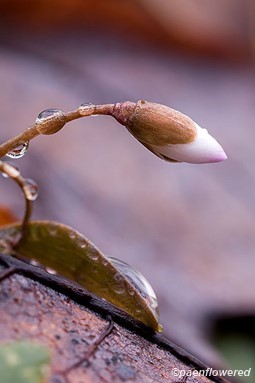
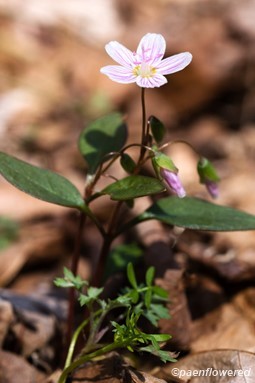
.jpeg?v=638487954010000000)
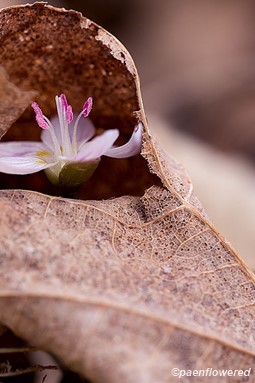
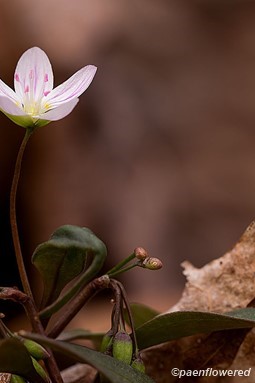
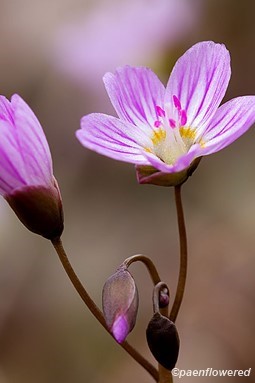


Comments
Have you spotted this plant in your area? We'd love to hear about your experience! Share your comments or questions about the plant below. Comments are moderated before posting.